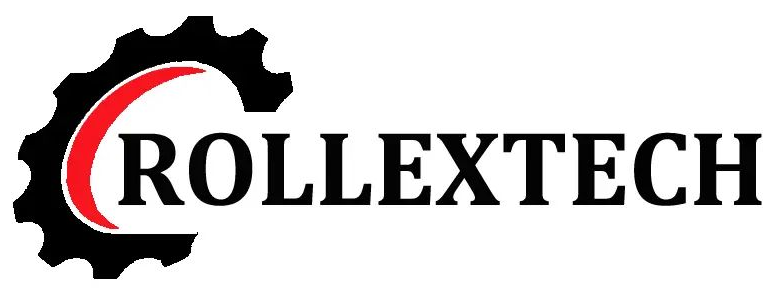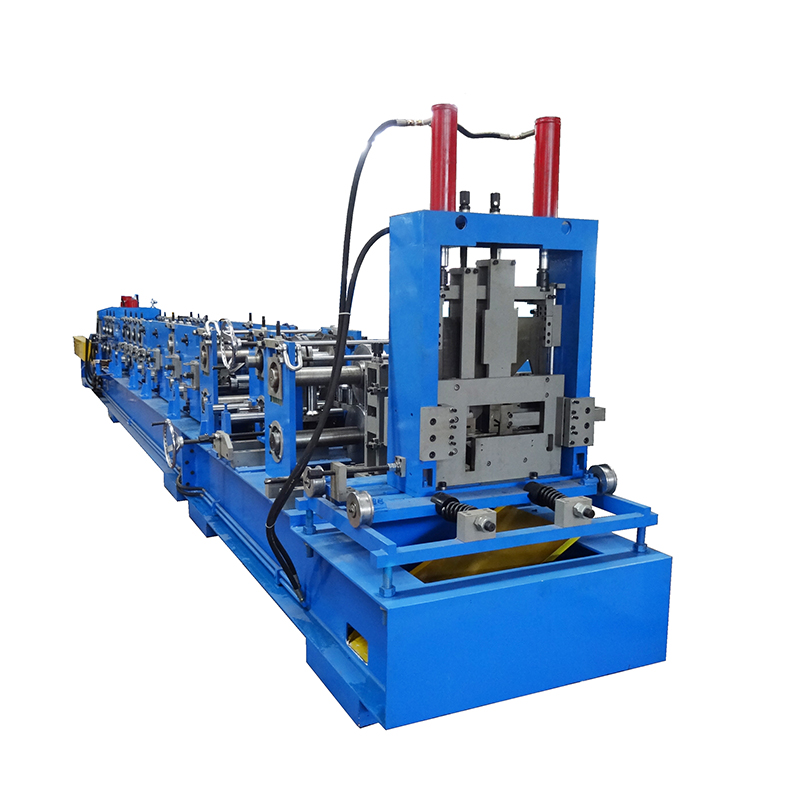As an indispensable and important equipment in modern manufacturing, steel guide rail machine is widely used in high-precision processing and automated production lines. Through precise guide rail systems and powerful drive devices, it can achieve stable and continuous material transportation and positioning, ensuring high efficiency and consistency in the production process.
Whether in metal processing, mechanical assembly or automated control, steel guide rail machine can provide excellent performance and reliability. With the continuous development of technology, the design and application of steel guide rail machine is also constantly innovating, gradually meeting higher standards of production needs, and becoming an important force in promoting the advancement of industrial automation.
Precision Control and Performance Optimization of Steel Guide Rail Machine
The precision control technology of the steel guide rail machine is the core to ensure its efficient and stable operation. Precision machining and high-standard industrial needs require that the steel guide rail machine not only has high precision in physical structure, but also meets strict precision standards in control system and operation process.
High-precision guide rail design
- Guide rail material selection and processing accuracy: The guide rail of thesteel guide rail machine is one of the key factors that determine its accuracy. In order to ensure high precision, the guide rail is usually made of high-quality materials with strong wear resistance and low thermal expansion coefficient.
- Guide rail surface treatment: Through surface finishing, such as precision grinding, polishing or heat treatment, tiny flaws on the guide rail surface can be eliminated, thereby reducing friction resistance.
- Precision guide rail matching: The guide rail system of thesteel guide rail machine usually adopts a high-precision matching method, such as the matching tolerance between the slider and the guide rail is controlled at the micron level.
Precision control system
- Closed-loop feedback control: Precision control systems usually include closed-loop feedback control systems, which monitor the movement state of the guide rail machine in real time through position sensors and speed sensors.
- Servo drive and high-precision encoder: The servo drive system can accurately adjust the speed and torque of the motor according to the feedback signal to ensure that the equipment runs according to the predetermined trajectory.
- Temperature compensation technology: The accuracy of thesteel guide rail machine is not only related to the mechanical design, but also affected by temperature changes. As the temperature changes, the expansion of the steel will cause the gap between the guide rail and the slider to change.

Detection and monitoring technology
- Online monitoring and remote diagnosis: Many modernsteel guide rail machine is equipped with online monitoring systems that can monitor the machine’s operating status and accuracy changes in real time. Through the data acquisition system, designers and operators can obtain the equipment’s working data in real time, including position, speed, load and other information, and perform remote diagnosis and maintenance through the cloud platform or industrial Internet of Things to ensure the long-term stable operation of the equipment.
- Intelligent feedback adjustment: With the development of artificial intelligence technology, the control system ofsteel guide rail machines is increasingly equipped with intelligent feedback adjustment functions. Through machine learning algorithms, the system can optimize motion trajectories and control parameters based on historical data, thereby continuously improving the equipment’s processing accuracy and production efficiency.
The precision control of steel guide rail machines is a systematic project involving high-precision guide rail design, load balancing, precision control systems and other aspects.
Durability and maintenance of steel rail machine
Durability characteristics of steel rail machines
- High-strength materials and design Steel rail machines are usually made of high-strength, wear-resistant materials, such as high-alloy steel, wear-resistant steel or hardened steel. These materials can effectively resist wear, impact and thermal expansion caused by long-term high-load operation, ensuring the stability and durability of the rail system and slider. The design of steel rail machines usually has strong load-bearing capacity and deformation resistance, and can maintain accuracy and stability even under harsh working conditions.
- Precision machining and surface treatment The rail surface of steel rail machines is usually precision machined and surface treated (such as heat treatment, nitriding or coating technology) to make it have strong corrosion resistance, wear resistance and high temperature resistance. These surface treatment technologies effectively increase the service life of the rails and reduce the impact of environmental factors (such as moisture, chemical corrosion, temperature changes, etc.) on the equipment.
- Load balancing and pressure distribution In the design, steel rail machines are usually equipped with a load balancing system to ensure that the pressure of the rails can be evenly distributed during operation to avoid excessive wear of a certain part. This not only improves the durability of the equipment, but also extends its service life, allowing it to operate continuously and stably under high-load conditions.
- Low friction and efficient operation The high-precision guide rail and slider system used in the steel guide machine can effectively reduce friction and wear and extend the durability of the equipment. By using high-quality lubricating materials and a well-designed lubrication system, the steel guide machine can maintain long-term stable and efficient operation and reduce mechanical failures caused by excessive friction.

Maintenance
Although the steel guide machine has strong durability, daily maintenance is essential to ensure its long-term stable operation, avoid failures and loss of accuracy.
Regular inspection and cleaning
- Inspect the guide rails and sliders: Regularly check the wear of the guide rails and sliders to ensure that the surface of the guide rails is flat and smooth, without obvious scratches or wear. If obvious wear is found, it should be replaced or trimmed in time.
- Clean the guide rail system: The guide rails and sliders need to be cleaned regularly, especially in high-precision processing, any tiny impurities may affect the accuracy of the equipment. Use professional cleaning agents to remove dust, oil and other debris in the guide rail system to prevent wear.
- Check the lubrication system: The lubrication system needs to be checked regularly to ensure that the quality and quantity of lubricating oil or grease are sufficient. If the lubricating oil is deteriorated or insufficient, it will cause increased friction between the guide rail and the slider, causing excessive wear.
Only through careful maintenance can we ensure the stability of the equipment in long-term operation, extend its service life, and ensure efficiency and precision in the production process.
In a modern production environment, the use of scientific maintenance methods can effectively reduce the occurrence of failures, reduce maintenance costs, and improve the overall efficiency of the production line.




